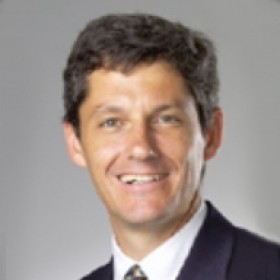
VASC Seminar
February

3:00 pm to 12:00 am
Event Location: NSH 1305
Bio: Erik G. Learned-Miller (previously Erik G. Miller) is an Associate Professor of Computer Science at the University of Massachusetts, Amherst, where he joined the faculty in 2004. His research focusses on computer vision and machine learning. He spent two years as a post-doctoral researcher at the University of California, Berkeley, in the Computer Science Division. Learned-Miller received a B.A. in Psychology from Yale University in 1988. In 1989, he co-founded CORITechs, Inc., where he and co-founder Rob Riker developed the second FDA cleared system for image-guided neurosurgery. He worked for Nomos Corporation, Pittsburgh, PA, for two years as the manager of neurosurgical product engineering. He obtained Master of Science (1997) and Ph. D. (2002) degrees from the Massachusetts Institute of Technology, both in Electrical Engineering and Computer Science. In 2006, he received an NSF CAREER award.
Abstract: Many image descriptors, including SIFT, HOG, and color histograms, bin features to introduce some degree of invariance to spatial location. One can use large data sets to learn properties of these bins (the number of bins, their width, their weight masks, their degree of overlap) that optimize the utility of the descriptors in computing similarity. We show, however, that even with the optimal parameters for such bins, it is impossible to design a similarity measure that satisfies certain simple requirements. We then show that by adapting the parameters of the representation on the fly with respect to each pair of images to be compared, the required properties of the similarity measure can be achieved. We call our similarity measure the sharpening match and discuss its excellent performance on certain tasks. We argue that no amount of a priori learning can substitute for the adaptation of certain structural parameters at the time of actual comparison of images.